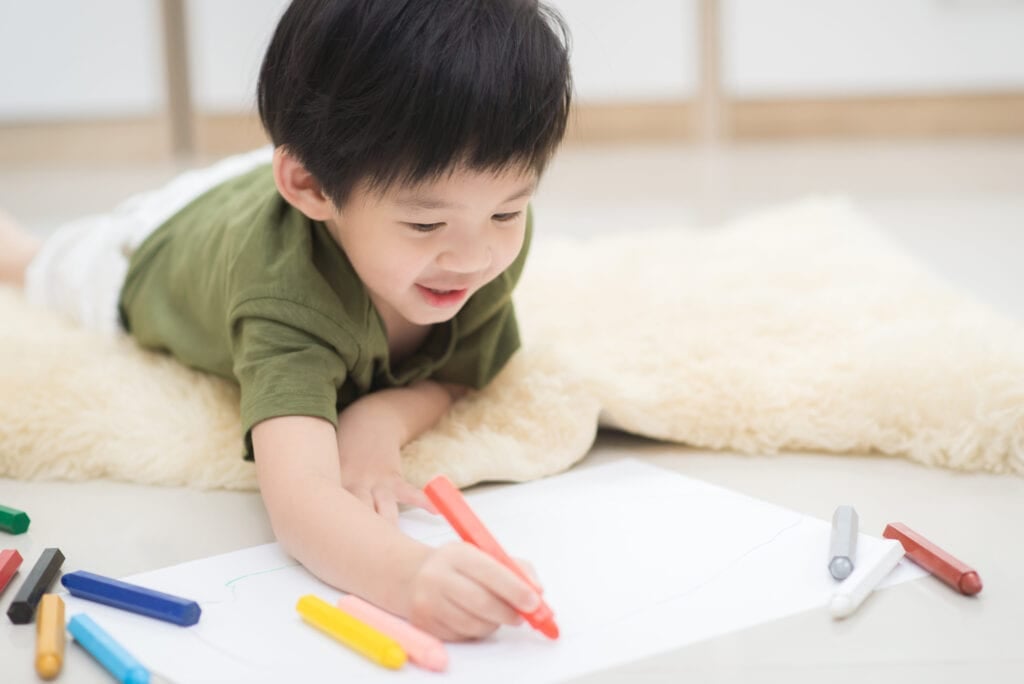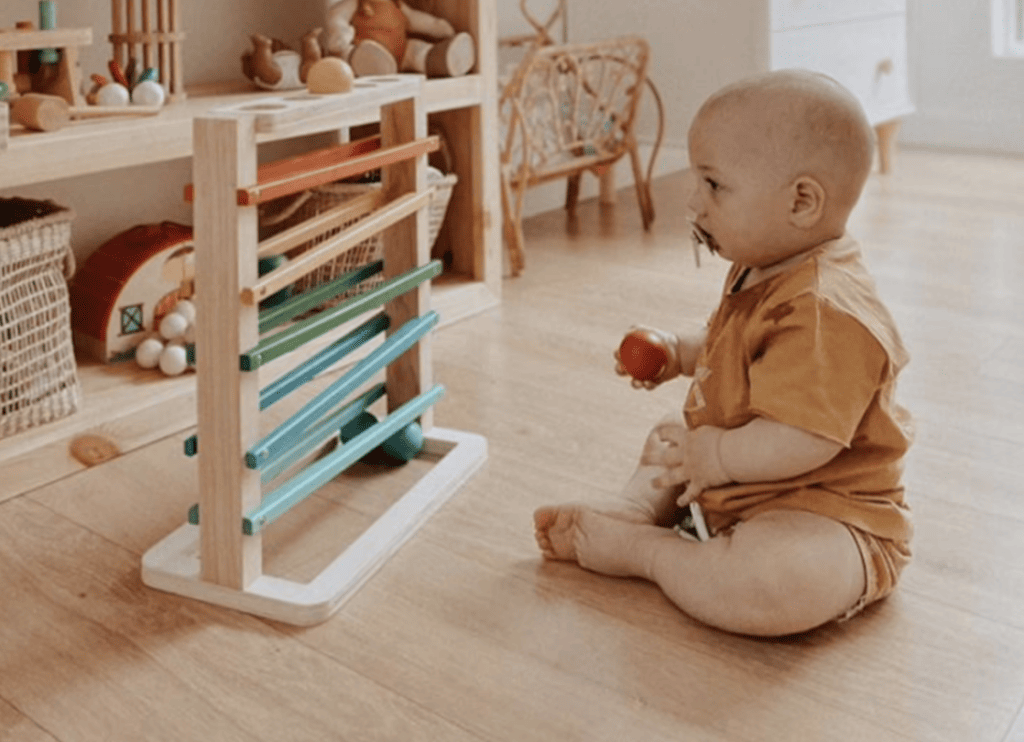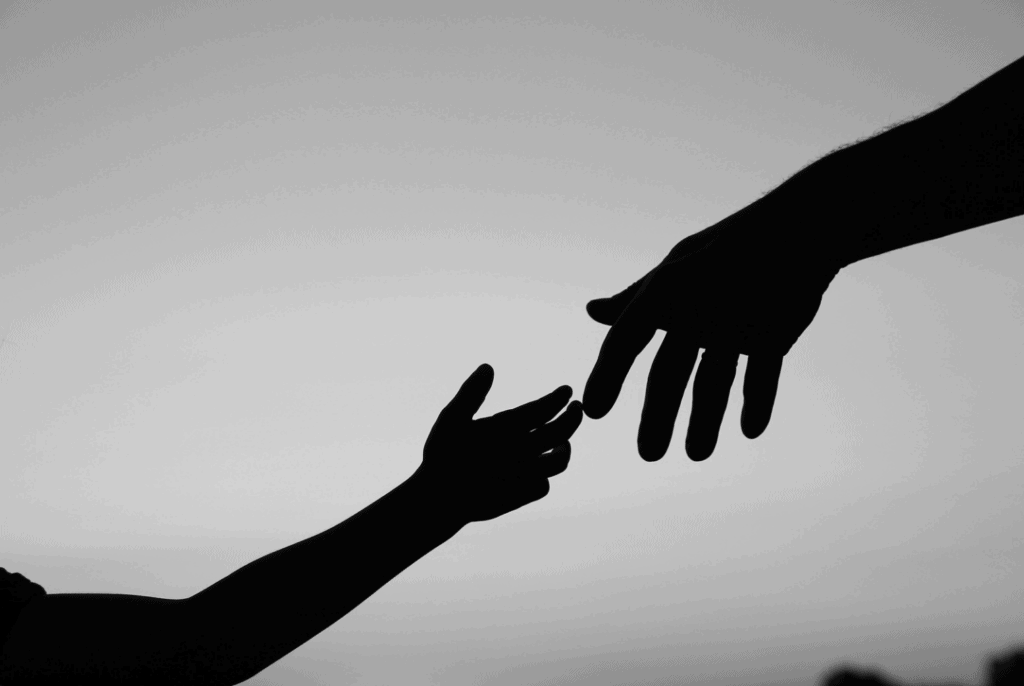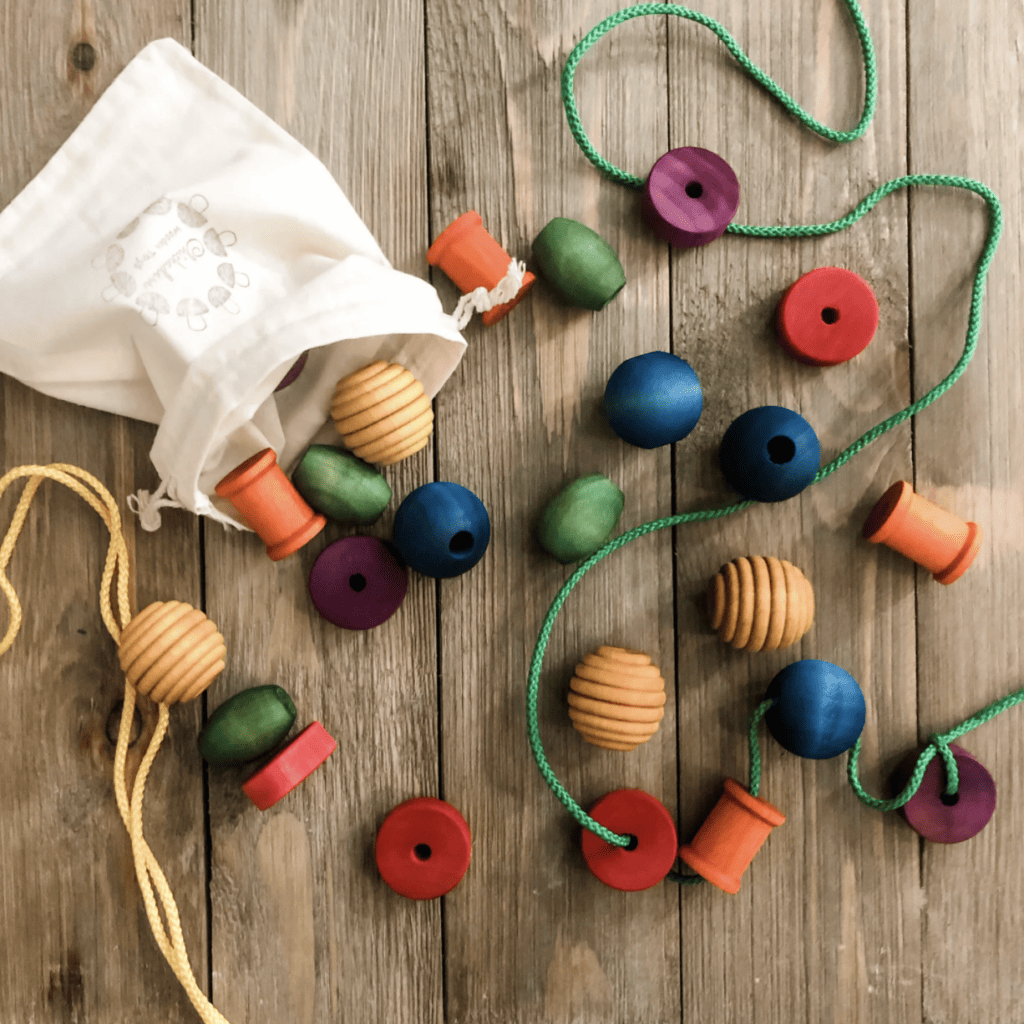The recent uncertainties of the world today have more and more parents searching for new learning styles for their children. If you have ever been interested in the
While there are schools that offer
Montessori relies on learning from doing, offering children hands-on activities, learning toys, games, and other manipulatives that can help them advance. Many shy away from
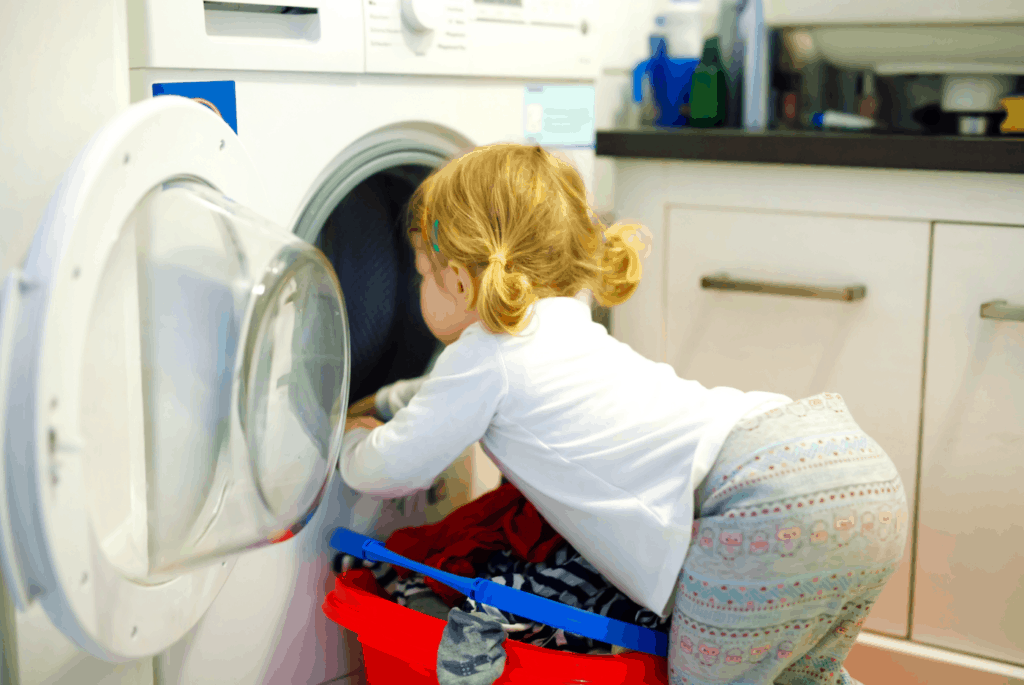
How Can Montessori be Taught at Home?
While
To do the Montessori method in your home, you will want to follow a few key steps.
Create a Quality Learning Environment
When you design your home for
Most incorporate some form of low shelves or shelving units in their learning area, which allows the child to access and care for their learning materials. We will later jump into the rules that need to be enforced with
While most homes have stools and other small steps available near sinks and restrooms for their children, it is an integral part of
Perhaps most importantly, your learning area should have a certain level of order and organization. While children are in charge of their learning with these methods, they should not feel overwhelmed with a mess every time they want to learn. Instead, you will always want to have a certain level of organization present to keep things manageable and help your child thrive.
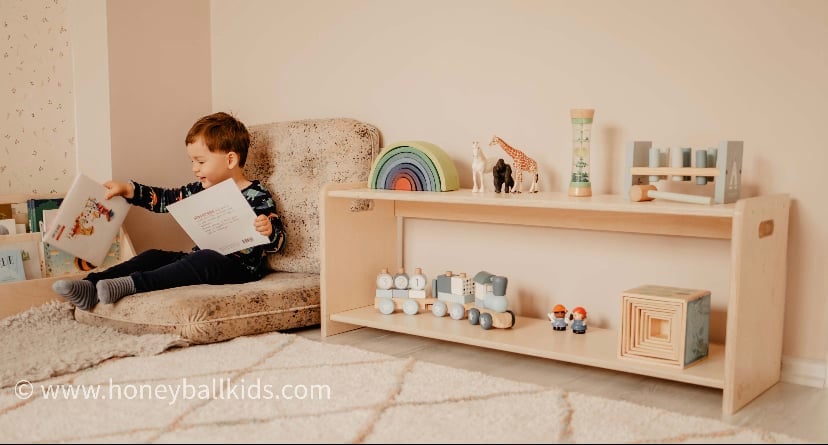
Create a Designated “Yes” Space
While you may have a designated playroom or room for learning, you want to create a specific space that is your “yes” space. The one difficulty with having
Offering children the freedom to play is one of the most significant foundations of the
- Your child should be able to move without any significant restrictions
- Your child should have easy access to a restroom and can go as needed
- Provide a safe space for drinking and eating when needed
- Have basic cleaning supplies, such as a rag, to wipe up spills
- Keep unwanted or unneeded supplies put away
- Offer a few key projects and toys, but not enough to overwhelm
Choose the Right Materials
Montessori often requires that natural materials be used, and these are recommended when you design your learning space. For most children, natural materials like wood, cotton, and wool are more pleasing to the eye and touch. Using natural products can create a cozier feeling and provide a more calming effect for children, reducing stress.
Wooden toys can also be much more durable than plastic options, which is always great when you have toddlers running around. At times, wooden options are a little more costly upon first purchasing them, but the durability and natural aspect pay off. Also, they are eco-friendly, which is always a benefit!

Ensure the Area is Safe for Your Child
For most parents, this tip seems very self-explanatory, but you will always want to make the learning area as safe as possible. You will want to ensure that your furniture in play areas is stable, and there should be no obstacles, sharp edges, or breakables. To ensure that things are safe, you will want to get down on your child’s level and look for any potential safety hazards.
When you have a safe area, you do not have to micromanage the learning like you do in an environment with potential hazards. Since the entire concept of
Arrange Toys & Materials Correctly for Your Child
When you design your learning area, as mentioned, you will want to have shelving and organization on your child’s level. Since
- Deconstruct toys to encourage your child to put them back together and begin the activity. For example, place puzzle pieces beside the puzzle or blocks outside of the sorting bucket.
- Never overcrowd your shelves. You should have limited, spaced out activities available that are easy to differentiate from each other. You can implement baskets or trays to further this separation of activity.
- Arrange your activities by difficulty level. This can be even more important if you have multiple children of varying ages. While students can still have the freedom to choose their own activity, they will often gravitate towards those that fit their age and ability level.
- Always display your books so that they are front-facing. This helps children find a book that they are interested in and can assist with cleanup later.
What Are the Key Elements of Montessori Learning?
Now that you know more about how to set up your space, you will want to learn more about the activities you should offer and what they should teach. While
Some necessary life skills that your child should learn through
- As Maria Montessori stated, “Play is the work of the child.” Your activities and toys should always encourage play but also remember that play is work. Learning and a natural desire for knowledge should be encouraged through play.
- Independence should always be encouraged when possible; avoid helping a child who does not need help. While it is your job as a parent or educator to assist a child who is overly frustrated or in a dangerous situation, do not overly manage their play. You should encourage exploration and allow children to take responsibility for themselves.
- Offering hands-on learning experiences is a huge part of
Montessori teaching, and something you should always be encouraging. From the minute a child is born, they begin learning by doing, and offering them new opportunities and experiences is key. Of course, this means that there may be times when things get messy, but in this mess, your child may absorb the new information needed to learn. - Take the part of the observer and not necessarily leader when teaching your child in a
Montessori style. You will want to observe your child, paying attention to what they are interested in. When there are periods that your child is very excited and absorbed into a particular activity, these are called sensitive periods and are extremely important. Make a note of these times and offer similar activities to peak the child’s interest. - While your child’s freedom is essential, you also want to create limits so that things do not get out of control in your home. Freedom does not mean that your child can do whatever they want, but rather that you allow them to choose freely from the options that you provide. You will want to guide your children, stopping troubling behaviors and redirecting when necessary. Of course, encouraging and teaching cleanup after activities is another vital part of this process.
Which Toys Are Best for Montessori Teaching?
The Montessori method encourages your child to learn through exploration and play, which, of course, means you need a variety of toys present. While the toys offered may look fun, especially for your child, they should have an underlying level of education to them. You will want to have toys that are enjoyable but also educational available to your child.

Some of the commonly seen toys and educational items found in a Montessori classroom are:
- Movable Alphabet Manipulatives – This can vary from wooden letters to alphabet blocks, but encouraging early recognition of letters is very important for younger children. You will want to provide your child with the opportunity to become familiar with letters and words, which is often done through play with these items. Hands-on interactive play with letters helps children become familiar with them and learn to manipulate them for later learning.
- Stackable Block Towers – You will find that most
Montessori classrooms have some form of stackable block tower or the well-known Montessori pink tower that offers blocks ranging from large to small. The mindset behind this is that students can learn to stack the blocks by size using their sense of sight and touch. For younger children, this teaches children to compare sizes and dimensions, which works well for future math skills. - Sound Cylinders – Learning how to utilize their five senses is one of the first things that your child will begin to do after birth, and offering manipulatives that encourage this is great for learning. Sound cylinders are filled with different materials that create noises when shaken. Children can shake the cylinders and place them in various orders. Overall, this is an excellent activity for younger children.
- Puzzle Maps – Offering a wide range of puzzles at various difficulty levels is an excellent addition to your
Montessori learning tools. One way to encourage learning geography is by offering map puzzles, which can take this concept and make it fun. Of course, you can add puzzles for just about any topic or concept that you want to further teach to your child. - Classification Cards or Flash Cards – If you have older children, offering more advanced classification or flashcards can help teach about a massive range of topics from flowers to planets. However, even younger children can benefit from classification cards that have different images and names of objects around them. You can make up fun games for your child to play with the cards or allow them to explore them on their own. See also our full article on Montessori 3-part Cards.
- Beads – Having manipulatives that encourage expression and help enhance fine motor skills is very important to your
Montessori classroom, and wooden beads are an excellent option for this. You can allow children to string the beads on yarn to encourage motor skill development or use them for counting, teaching patterns, creating shapes, and a vast range of other activities. Also, you can purchase beads in a variety of sizes, great for practically every age. - Binomial Cube – You can utilize these cubes to offer a wide range of mathematical concepts, making it a perfect addition to a home with various ages. These cubes consist of eight wooden blocks that fit together. This is an excellent option for young children up to even assisting with algebraic equations.
Montessori Focuses on Hands-on Tasks
While adding toys to your learning area is essential, another important thing to offer your child is the ability to work on hands-on tasks. Montessori focuses on learning independence, especially when it comes to daily life tasks. Offering your child the ability to practice these tasks can be very beneficial. Some activities you may want to provide are:
- Washing clothing
- Gluing paper
- Sweeping
- Washing a window
- Opening bottle caps
- Watering flowers
- Pouring and scooping
Another great addition to your
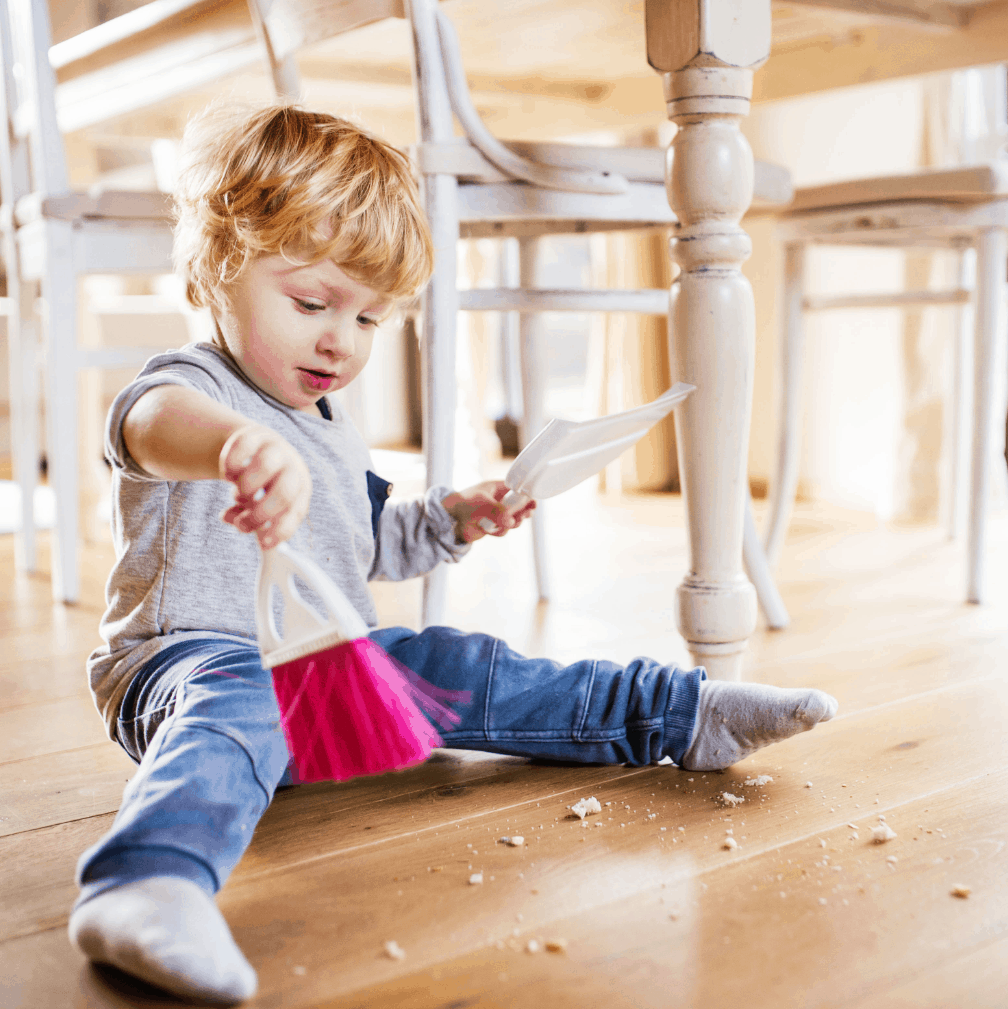
Always Incorporate Life Skills
When you provide these hands-on activities, you want them to revolve around life skills that are beneficial for growth and fostering independence. To first begin offering life skills, you will want to simply involve your child when you do basic things around your home.
You may want to assist your child with specific activities, at the beginning, especially those that may be more difficult but later allow them to do these independently. This can be a gradual process with some life skills, such as dressing themselves or teeth brushing. However, implementing parts of these necessary skills into your hands-on activities can make doing them in daily life easier.
There are a few things to keep in mind when designing your hands-on activities, which are:
- Activities are Reality-Based: You do not want to create activities that are not realistic. For example, you want to let your child get messy and wet when washing dirty dishes with real soapy water. You can even allow your child to cut up fruit with a child-safe knife for their next snack.
- Do Not Limit Your Activities: You can make a hands-on activity out of almost anything, and this may require some creativity and work on your part. If you want to teach children about new cultures, you can add in hands-on activities that may not be something you do regularly. However, this is an excellent way for you and your child to learn.
- Keep Things Contained: These activities can get messy, but there are some simple ways to contain them. You can design a specific bucket for practicing washing dishes, a paint area, add aprons to protect clothes, etc. You will also want to encourage cleanup help from your child upon completion of the project.
- Keep Items Functional: Do not overthink the process and only supply materials that make sense for the activity. You want each element that you offer for your hands-on activity to have a clear purpose, function, and fit the task at hand. If something is included that does not necessarily make sense, you will often find that your child drifts away from the purpose of the activity. While exploration is encouraged, do not add unnecessary items if you are hoping to focus on a specific life skill.
- Try to Find Child-Sized Items: When it comes to life skills, you want to find items that fit your child’s age range and size. If you are trying to teach cleaning skills, you will want to add a child-sized broom or a smaller sponge. To teach skills effectively, easy use is necessary.
- Keep Things Safe: Of course, you want to make safety a huge priority when it comes to teaching your child life skills. You want to use as many natural, non-toxic materials as possible. You also want to ensure you are always monitoring the room when activities that may be more challenging are taking place.
- Present Activities in an Orderly Fashion: As mentioned, you will want to have a shelf or area where the toys and activities for the day are introduced to your child. When adding new life skills activities, you want to ensure you present the project in a realistic and orderly way. You should place these activities in a logical sequence, even offering them from easiest to most difficult.

Keep Your Child’s Age in Mind When Choosing Activities
Of course, you always want to remember your child’s age and their ability level when preparing your hands-on activities. You do not want to offer a six-month-old a knife and vegetables, but instead offer them an age-appropriate toothbrush to practice chewing on and introduce brushing skills. Also, it is essential to remember that every child is different, so your
When you are first introducing life skill activities, from birth until about three, you will want to choose practical life skills. This starts through modeling and collaborative work with your child. You will want to look into your child’s daily interests and design activities around these interests.
Older toddlers and children can work more independently when it comes to life skill-based tasks. You should offer more challenging tasks and expect other tasks to be completed with more precision. While you still want to allow for child-led learning, this is an age where you can begin to expect children to clean up after themselves and assist around the home using their fine-tuned skills.
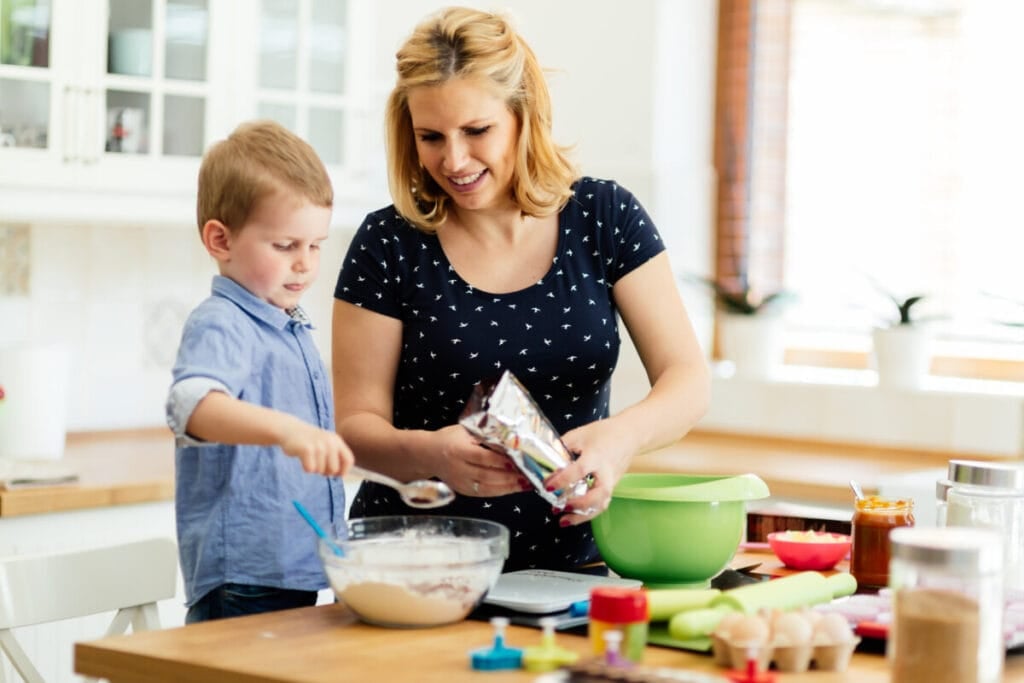
Montessori Thrives on Mutual Respect
The reason that many parents and educators love
When you begin focusing on
A significant part of adding
When can you Start Montessori at Home?
Montessori can be implemented in your home from the very beginning: the birth of your child! A peaceful, prepared environment, routine, and body autonomy are just a few of the Montessori principles that can be incorporated from infancy.
But if your child is already past the infant stage, perhaps in the toddler, preschool, or kindergarten age, you can still begin to incorporate
See also our articles on how to make your own Montessori materials and how to promote independence the Montessori way.
What Exactly is Montessori Learning?
Before we can jump into how to bring Montessori into your home, we need to discuss what this style of learning is. Montessori learning is a method of teaching that was started by Maria
Whether
In this style of learning, children are encouraged to go at a pace they feel comfortable with. They can either work collaboratively or individually, working on each project as they see fit and for as long as they enjoy it.
Benefits of Montessori Style Education
This style of learning may seem very odd to you if you have never heard of it before or are just now delving into it. Though it is not traditional, it does not mean that it is not highly effective. In fact, there are several benefits to
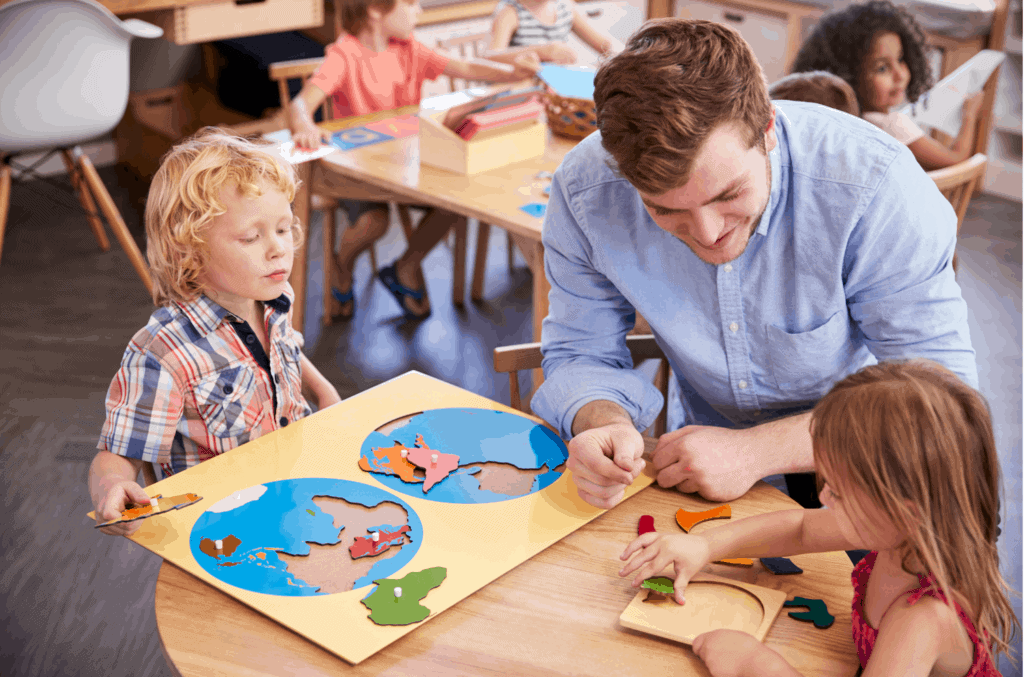
Often in
Another significant benefit to this style of learning is that children are given agency over their own education at a very young age. Unfortunately, in the classroom-style that we most know, students learn what is expected of them and their personal interests. However, in
When students are given a chance to learn through


